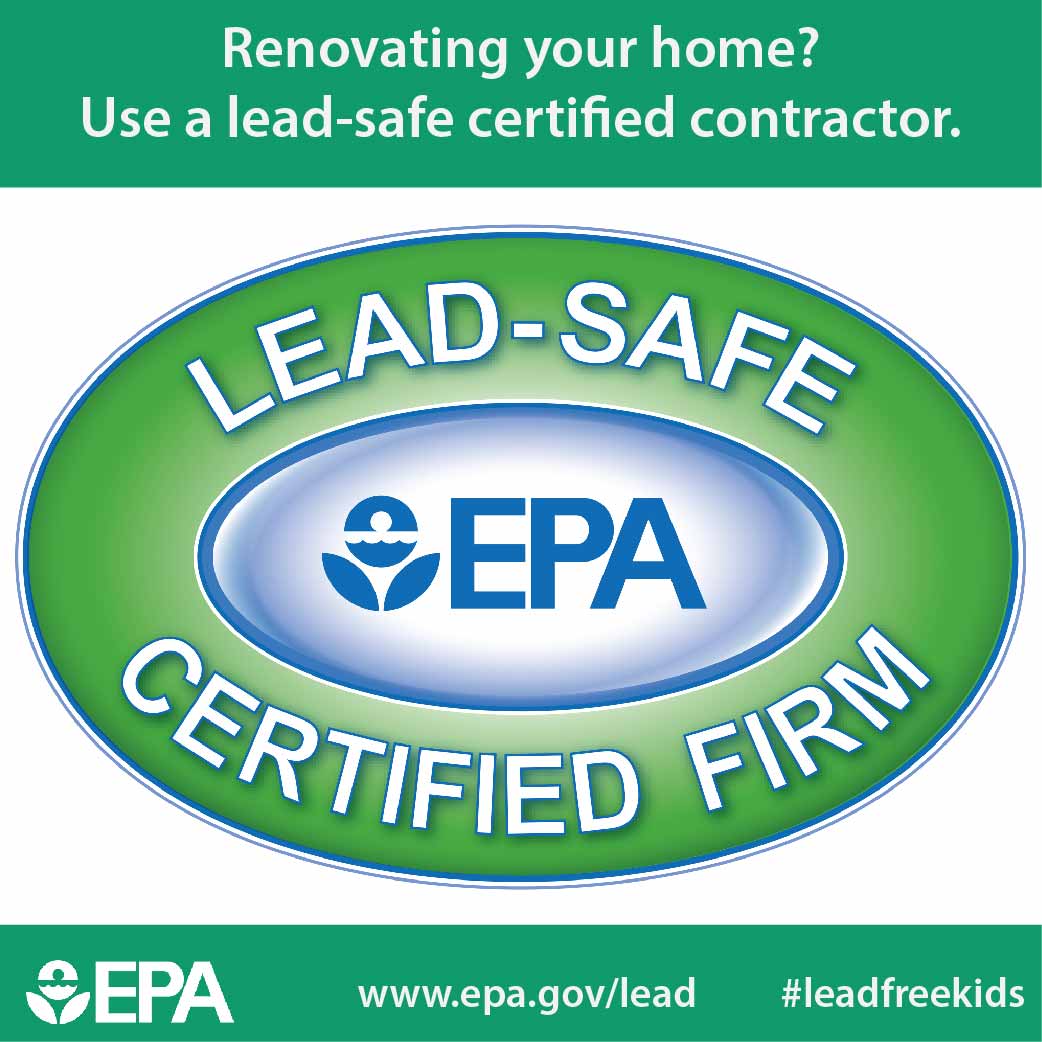Check Out The Function Of Seasonal Factors In The Success Of Business Outside Painting And Reveal The Most Effective Times To Safeguard Long-Term Results For Your Job
Check Out The Function Of Seasonal Factors In The Success Of Business Outside Painting And Reveal The Most Effective Times To Safeguard Long-Term Results For Your Job
Blog Article
Content Create By-Doherty Rodriquez
When you're preparing a commercial exterior paint task, seasonal aspects can make or break your outcomes. You'll wish to consider how temperature level and humidity influence paint application and drying times. Selecting the appropriate season can guarantee your paint sticks effectively and lasts longer. Yet which seasons are absolutely the very best for this kind of work? Let's explore the key elements that can influence your task's success.
The Impact of Temperature Level on Paint Application
When you're intending a commercial exterior paint job, the temperature level can substantially impact how well the paint adheres and dries out.
Ideally, you wish to paint when temperature levels range between 50 ° F and 85 ° F. If it's as well chilly, the paint may not heal properly, leading to concerns like peeling off or fracturing.
On the flip side, if it's as well warm, the paint can dry too quickly, preventing appropriate bond and leading to an irregular surface.
You must additionally consider the moment of day; early morning or late afternoon offers cooler temperatures, which can be more desirable.
Constantly check the maker's referrals for the certain paint you're making use of, as they frequently offer support on the optimal temperature array for optimum outcomes.
Humidity and Its Effect on Drying Times
Temperature isn't the only environmental factor that influences your industrial external paint task; humidity plays a considerable duty too. High moisture levels can reduce drying out times considerably, influencing the total high quality of your paint work.
When the air is filled with moisture, the paint takes longer to cure, which can result in concerns like inadequate bond and a higher risk of mildew development. If you're repainting on a particularly humid day, be gotten ready for extended delay times between layers.
It's critical to check local weather and plan appropriately. Ideally, go for moisture levels between 40% and 70% for optimal drying.
Keeping these factors in mind ensures your project stays on track and provides an enduring coating.
Best Seasons for Commercial Exterior Paint Projects
What's the very best season for your industrial exterior paint projects?
Springtime and early autumn are commonly your best bets. Throughout expired paint , temperatures are mild, and moisture degrees are typically lower, developing optimal problems for paint application and drying.
Stay clear of summertime's intense heat, which can cause paint to dry as well quickly, bring about poor adhesion and surface. Likewise, winter season's chilly temperatures can prevent appropriate drying out and curing, taking the chance of the longevity of your paint task.
what happens if you use expired paint for days with temperatures in between 50 ° F and 85 ° F for optimal results. Bear in mind to check the regional weather forecast for rainfall, as damp conditions can destroy your job.
Planning around these aspects guarantees your painting job runs smoothly and lasts much longer.
Conclusion
Finally, intending your business exterior painting jobs around seasonal considerations can make a significant difference in the result. By organizing job throughout the suitable temperatures and humidity levels, you'll make certain much better attachment and drying out times. Remember to keep an eye on neighborhood weather forecasts and choose the correct time of year-- spring and early autumn are your best choices. Taking these actions will help you accomplish a sturdy and specialist surface that lasts.
